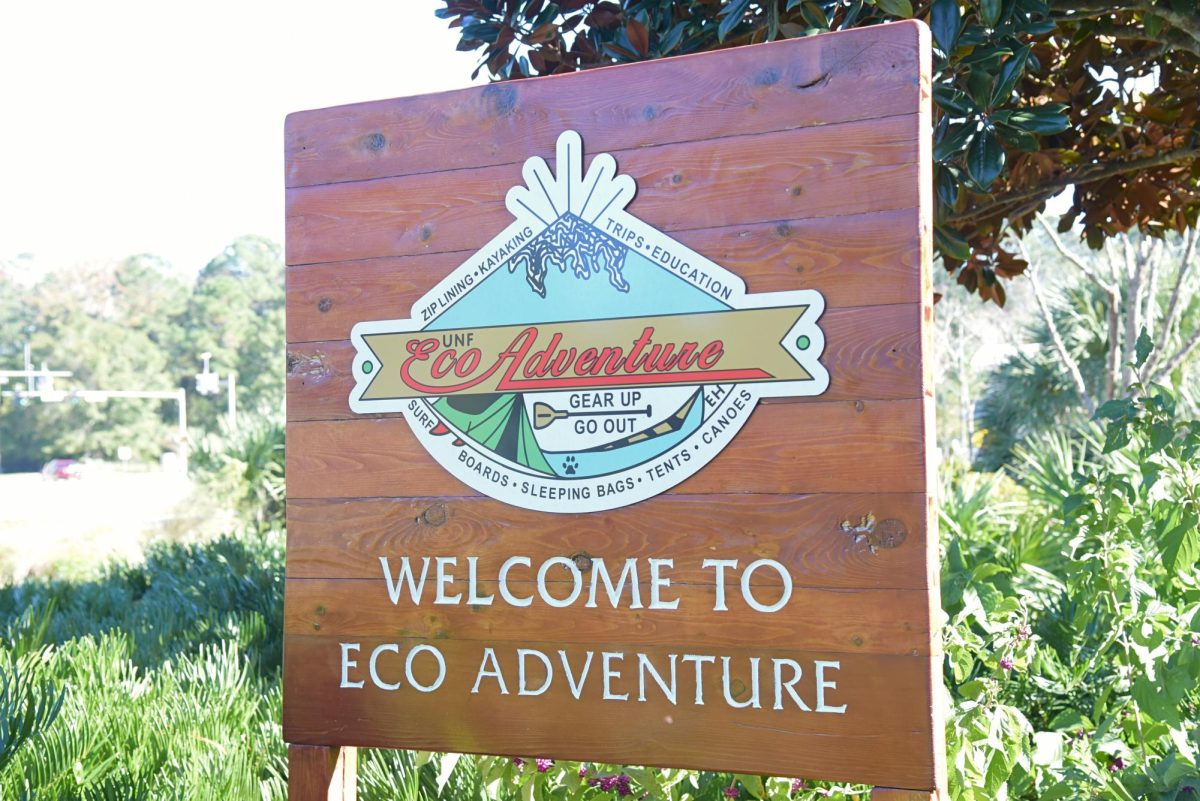Netflix, Hulu, Amazon, YouTube. Your favorite entertainment sites all have one thing in common; they’re streaming platforms. This isn’t necessarily elusive information. But, what is a bit more elusive is a coherence of how the culture surrounding streaming is changing your media consumption. The leader of this media convergence culture is a place where you can watch news bites and cat videos alike: YouTube. This has become apparent to both consumers and media professionals. Students and professors can agree on the power of this emerging media giant.
“I think YouTube is the most universal video watching website in the world,” said Public Health Junior Ali Arcaro.
Streaming has quickly become the most-used form of media consumption due to efficiency, convenience and availability.
Siho Nam, a UNF communications professor, teaches a class on Media Literacy.
“Traditional media, older media, used to be structured along three different sections: production, distribution and exhibition,” Nam said. “But with YouTube, all of these things happen to be on the same platform.”
As Nam pointed out in an interview with Spinnaker, what makes streaming through YouTube so efficient and sought after is its immediacy. YouTube provides a space for all three stages of providing media to occur simultaneously.
Every time you click on a vine compilation or try to cram information for your next history exam with CrashCourse, you’re supporting a form of immediate media. This immediate media is in high demand because of its efficiency, causing traditional media outlets to look for ways to provide the same efficiency to their viewers.
This translates into these media outlets looking for ways to survive in streaming culture.
“They have to [stream] to survive, that’s where audiences go. That’s where viewers are trying to find content,” Nam explained. “Media companies are always trying to get the most and longest attention of consumers. Some are partnering with YouTube. Some are trying to develop their own platforms so they don’t have to rely on Netflix or Hulu.”
This consolidation is noticed as media convergence, which refers to traditional media outlets doling out their content to a streaming platform because of consumer demand for efficiency and immediate accessibility. It shortens the time that it takes for a content producer to hand content to their consumer, hence the popularity of YouTube within this movement.
Nam explained the importance of YouTube as a leader in the movement of convergence through streaming.
“YouTube has AdSense, using an almost automated, algorithmic system of selling and placing advertisement. They make billions of dollars,” Nam said. “Actually, I have some data here; as of 2018, YouTube is expected to reach the $4 billion mark. $4 billion.”
Nam also talked about streaming as the future toward which mainstream media is headed.
“It’s more convenient,” Nam said. “It’s all readily available.”
As our society evolve, so too does the technology within it. And as our technology evolves, so does the consumer’s expectation for immediacy and efficiency.
Streaming has become a new settlement on the ever-evolving technological frontier, a frontier that it seems society will soon permanently dwell on if current trends continue to grow in consumerism.
—
For more information or news tips, or if you see an error in this story or have any compliments or concerns, contact editor@unfspinnaker.com.















